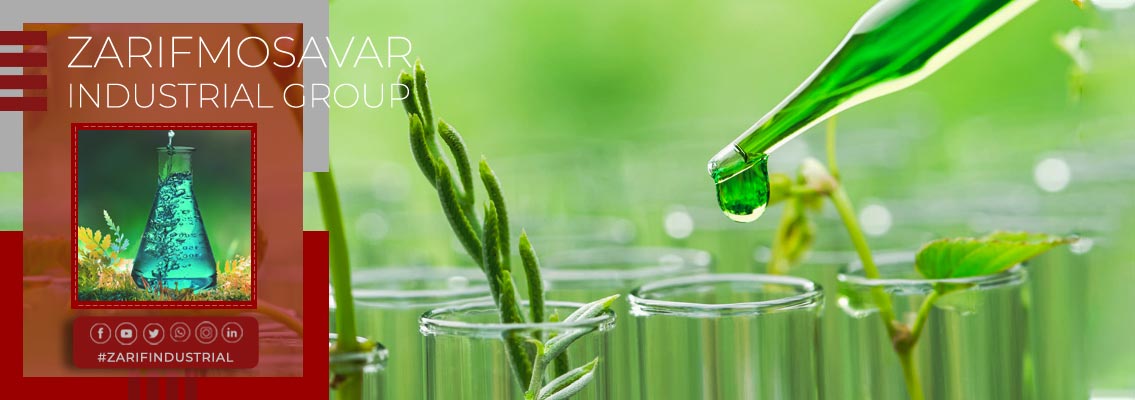Chemistry, Polymers and Basics of Polymer Chemistry:
It would be said that chemistry and polymers are related to our daily lives because most of the substances we deal with are chemical and follow the laws of chemistry. For example, when you get sick, it has definitely happened that you have used chemical drugs, or you have used chemical detergents while washing and cleaning, or some of the clothes you are wearing are made of synthetic fibers that are made of chemicals.
You may not have noticed, but you should know that our bodies are full of chemicals that control metabolic processes. For this reason, it may be a good idea to have a minimum of Chemistry knowledge, and then try to study in the simplest language the basics of polymer chemistry, including polymers and the molecular mass of polymers, methods for measuring and examining the solid physical state of polymers.
The Definition of Polymers
Polymer is a Greek word and its literal meaning is a combination of poly (very) + mer (piece or pieces), which is why it is often called “Baspar” in Persian dictionaries. In fact, a polymer is a large molecule ,which are made up of a large number of smaller molecules, and these small molecules that make up a large molecule are called monomers.
Polymers may be linear, relatively branched, or have multiple internal connections. If there are internal connections, large and three-dimensional networks will be created. Most industrial polymers are organic in nature and contain carbon covalent compounds.
Other elements in polymers are included of oxygen, hydrogen, chlorine, fluorine, phosphorus, and sulfur, all of which can form covalent bonds with carbon at different polarities. According to the properties of covalent compounds, polymer molecules, in addition to primary covalent forces, are affected by secondary intermolecular forces , such as bipolar force between bonds or diffusion force created by the distribution of electron clouds around each atom or hydrogen bonding by Strong bipolars are placed between hydrogen atoms and so on.
To produce polymeric materials, there are different polymerization reactions with their own reaction rates. The reaction rate is also affected by the reaction space (including factors such as temperature, pressure, solvent, initiator and catalyst). The reaction space also has a significant effect on the molecular weight distribution and physical structure of the final product. Sometimes, the number of carbons in polymer chains indicates the molecular structure and physical behavior of the polymers.
| The Carbon Quantity in Each Chin | Physical Condition |
|---|---|
| 4-1 | gas |
| 11-5 | liquid |
| 16-9 | Liquid with medium viscosity (petrol) |
| 25-16 | Liquid with high viscosity (grease oil) |
| 50-25 | Solid(Paraffin) |
| 30000-3000 | Solid (polymer) |
Four Types of Polymers
- Biopolymers or Natural Polymers
- Synthetic Polymers
- Industrial-Natural Polymers
- Biological Polymers
Biopolymers (Natural Polymers)
Biopolymers (natural polymers) that have two sources of plant and mineral , the humans have no role in its production. Plant-based polymers ,such as polysaccharides and its subcategories: cellulose, starches and gums used in the paper, wood, eyewear and textile industries. Mineral polymers are included of diamond, graphite, most metal oxides and…etc
Synthetic Polymers
There are polymers that are generally derived from monomers of crude oil and coal tar, and we make very useful polymers by processes that would not be possible to live without today.
Industrial-Natural Polymers
These polymers, obtained from the polymerization of polyisoprene with linear molecules with an average molecular weight of about three hundred to five hundred thousand, are the most widely used natural polymers which are applied in the rubber industry.
This polymer is extracted from tropical trees and contains latex with polymer phase along with a weight concentration of 35% and a small amount of protein, sterol, fat and salt. Coagulation of this latex with ethanoic or methanoic acid produces viscous, cheese-like substances called “raw rubber” or “rubber“.
Biological polymers
Biological polymers such as poly-hydroxy butyrate are obtained from agricultural products.


